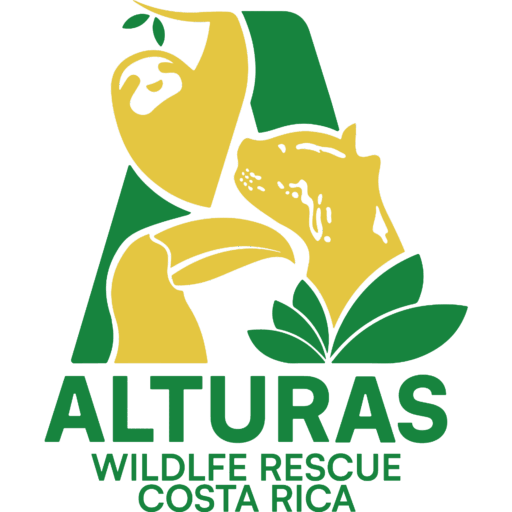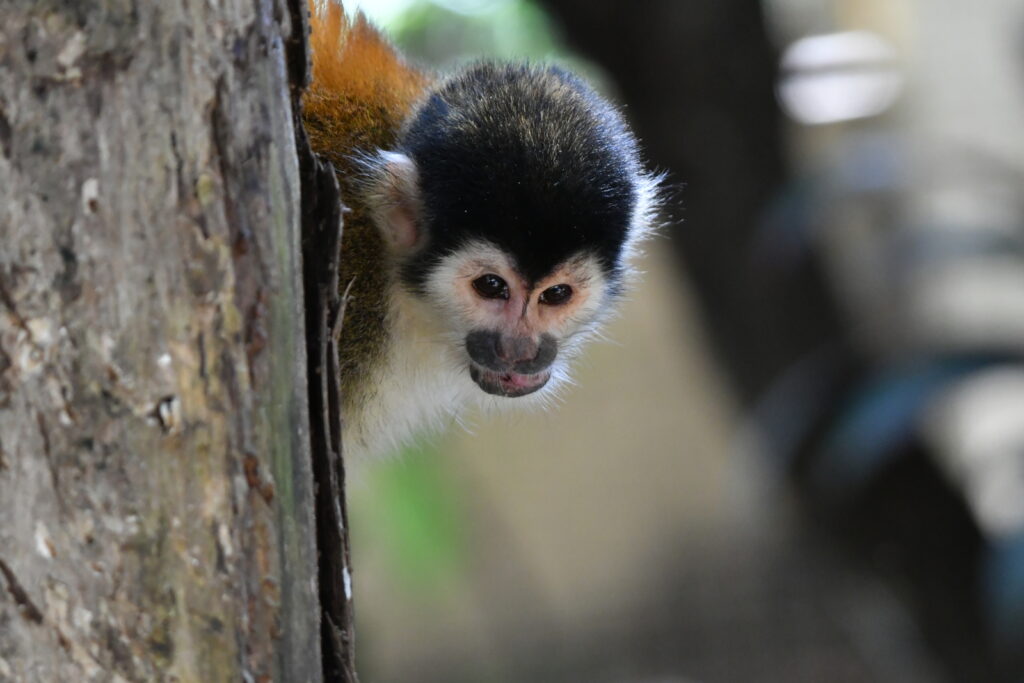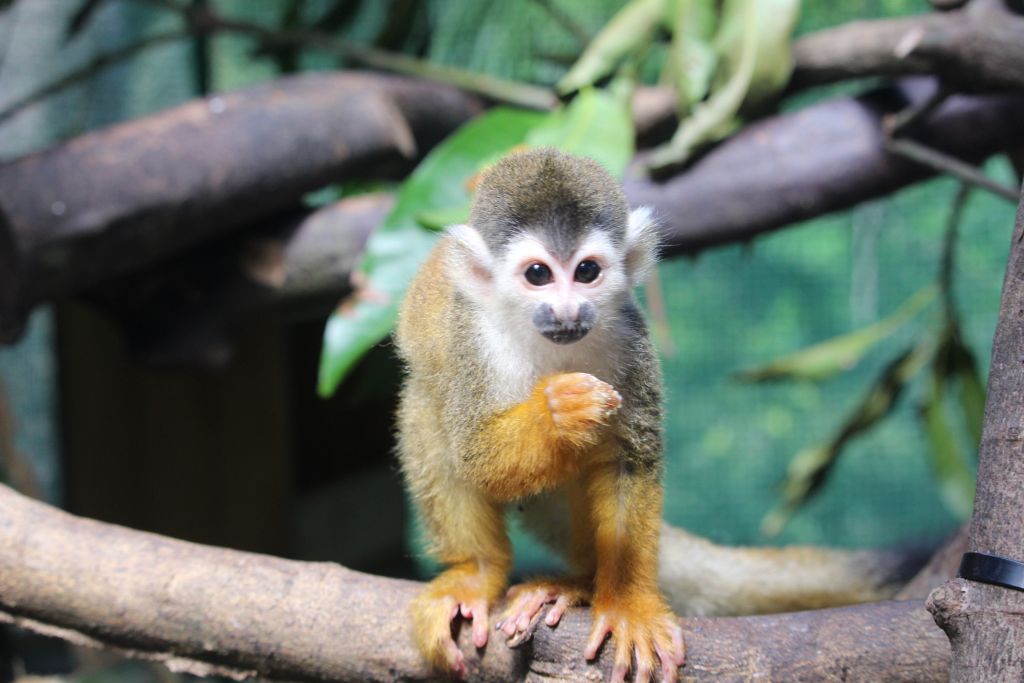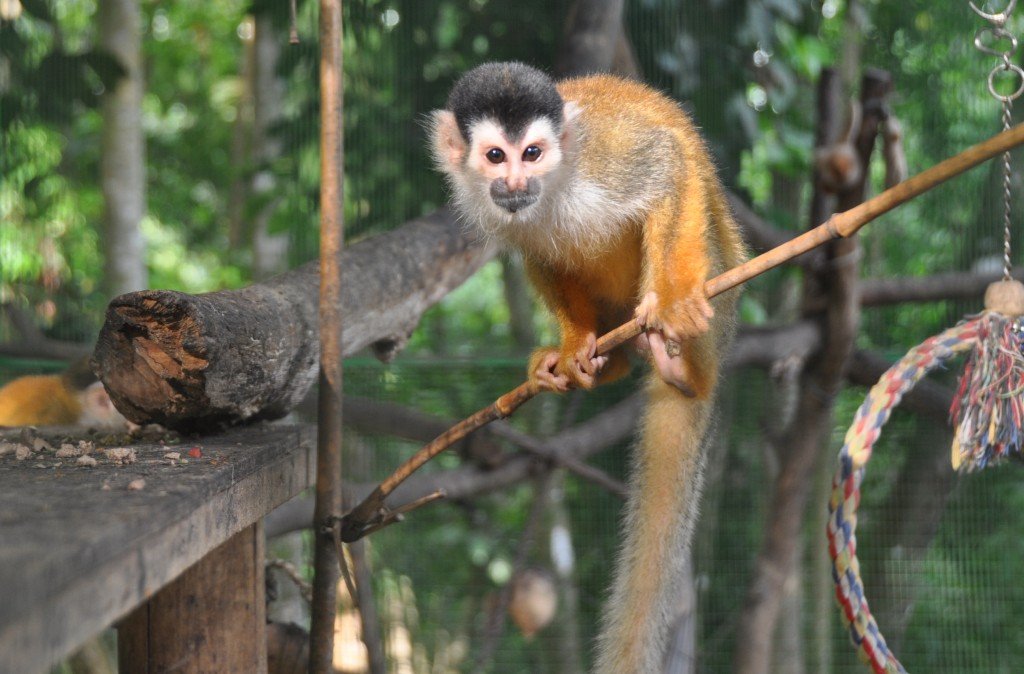Type: Primate
Squirrel Monkey
Taxonomy: (Saimiri oerstedii)
Spanish Name: Mono titi; Mono ardilla
Other Common Names: Black-crowned/Central American Squirrel Monkey; Red-backed Squirrel Monkey
Conservation Status: Endangered
Lifespan: Central American Squirrel Monkeys can live over 15 years.
Distribution: Costa Rica to Panama; currently in Costa Rica they are only found consistently around the Manuel Antonio area and the Corcovado region.
Habitat: Secondary or partially logged primary forest at low- or mid-level vegetation.
Behavior: Costa Rica to Panama; currently in Costa Rica they are only found consistently around the Manuel Antonio area and the Corcovado region.
Weight: Males average 829 grams; Females 695 grams
Diet: The diet of the Squirrel Monkey includes insects, spiders, fruit, leaves, bark, flowers and nectar. It also eats small vertebrates, including bats, birds, lizards and tree frogs.
Reproduction: Typically mating occurs in September, and gestation takes slightly less than six months. Usually one baby is born at a time, approximately once a year initially and every two years after that. Females are able to reproduce at age 2.5 and males not until 5 years old.
Threats: The biggest ongoing threat to the Central American Squirrel Monkey's survival has been its value to the pet trade. In 2012, Costa Rica passed a law that made it illegal to have Costa Rican wildlife as pets, which made the capture and sale of the Squirrel Monkey illegal. Their habitat has also been fractured by the planting of monoculture species, among other things, which means that it is challenging to achieve an adequate amount of genetic diversity. In addition, before hunting was made illegal in Costa Rica, also in 2012, Squirrel Monkeys were hunted for food and as crop pests.
At Alturas: At Alturas we provide refuge to two Squirrel Monkeys that were confiscated after being kept as pets. Due to their behavior, they cannot be returned to the wild.



